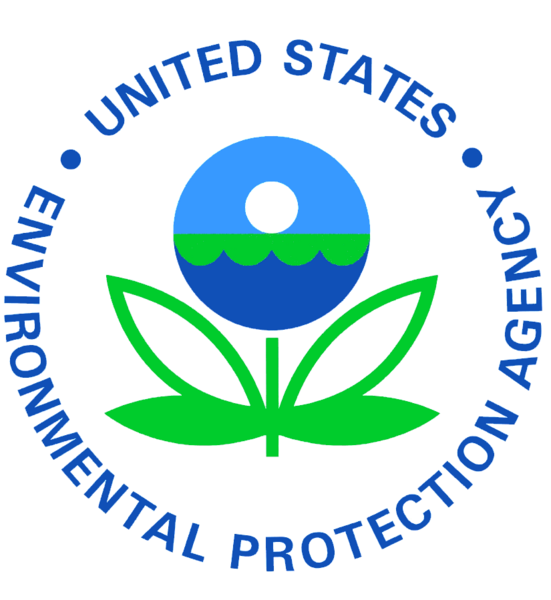From the California Water Quality Monitoring Council:
The EPA has released the second National Rivers and Streams Assessment report, one of four National Aquatic Resource Surveys. The NARS program is an EPA, state, and tribal partnership. Clean Water Act (CWA) sections 104(a) and (b) collectively grant the EPA Administrator authority to investigate and report on water quality across the country. Under this authority, EPA collaborates with states, tribes, and other federal agencies to implement a consistent approach to monitoring at sites selected using a randomized design and uses these data to generate cost-effective assessments of the extent of the nation’s waters supporting CWA goals. NARS data also inform and benefit the national water quality inventory report that EPA prepares for Congress pursuant to CWA section 305(b)(2). These surveys provide national and regional context to support, not replace, the important water quality studies conducted by states, tribes, and other organizations to address local water quality priorities.
The report, technical support document, results dashboard, data files, and a pre-publication Federal Register notice are available at: https://www.epa.gov/national-aquatic-resource-surveys. Through the Federal Register Notice EPA is requesting comments on the methodologies for conducting the NRSA assessment, including approaches for setting benchmarks that interpret the data. Key findings from the report are presented below. Click here to access the full NRSA 2013-14 report (or scroll down to view or download.)
Key Findings – National Rivers and Streams Assessment 2013-14: A Collaborative Survey
Rivers and streams shape America’s landscape. They support fish and other aquatic life and provide food and habitat for birds and wildlife. Rivers and streams provide us with water for drinking, irrigation, hydropower, navigation, waste management, industrial use, and recreation. Indeed, rivers and streams are vital to our country’s history, culture and economy.
The National Rivers and Streams Assessment (NRSA) is one of the four National Aquatic Resource Surveys (NARS) collectively designed to assess the quality of America’s water resources. The National Rivers and Streams Assessment 2013–2014: A Collaborative Survey describes the results of a nationwide statistical survey that was conducted in the summers of 2013 and 2014 by EPA and its state, tribal, and federal partners. The report provides a snapshot of the quality of perennial rivers and streams across the U.S. during the sampling period. The report also includes information on the changes from the previous rivers and streams survey in 2008–09.
KEY FINDINGS
The results below represent the full population of river and stream miles assessed during the rivers and streams survey (i.e., 1.2 million perennial river and stream miles) for all indicators except contaminants in fish fillet tissue. Contaminants in fish fillet tissue were assessed in larger river systems (rivers that are 5th order or greater), and results are for this sampled population of river miles. For more information on benchmarks and indicators, see Chapters 2 through 4 and the NRSA 2013–14 Technical Support Document.
Biological indicators
The survey looked at two types of biological indicators: 1) benthic (bottom dwelling) macroinvertebrates such as dragonfly and stonefly larvae, snails, worms, and beetles, and 2) fish. Of the nation’s river and stream miles, 30% (365,850 miles) were rated good based on benthic macroinvertebrate scores relative to the least-disturbed reference distribution, and 26% (319, 899 miles) were rated good based on fish community scores relative to the least-disturbed reference distribution.
Chemical indicators
NRSA reports on four chemical stressors: total phosphorus, total nitrogen, salinity and acidification. Fifty-eight percent (706,754 miles) of the nation’s rivers and streams were rated poor for phosphorus relative to the least-disturbed reference distribution, and 43% (522,796 miles) were rated poor for nitrogen relative to the least-disturbed reference distribution. The data collected for this report indicate that a finding of poor biological condition based on benthic macroinvertebrates was almost twice as likely in rivers and stream miles rated poor for nutrients.
Physical habitat indicators
Four indicators of physical habitat were assessed for NRSA 2013–14. Three were compared to least-disturbed reference sites’ in‐stream fish habitat, streambed excess fine sediments, and riparian vegetative cover (vegetation in the land corridor surrounding the river or stream). Riparian disturbance (human activities near the river or stream) was scored based on number and proximity of features such as roads and buildings. Physical habitat indicator scores revealed that 64% (778,585 miles) of river and stream miles were rated good for in-stream fish habitat. In addition, 58% (701,763 miles) of river and stream miles had good ratings for riparian vegetation, and 52% (627,829 miles) scored good for streambed sediment levels. Benthic macroinvertebrate condition was almost twice as likely to be rated poor when sediment levels were rated poor than when they were rated fair or good.
Human health indicators
The survey evaluated river and stream quality compared to three indicators that provide insight into potential risks to human health: enterococci (bacteria that indicate fecal contamination), microcystins (naturally occurring algal toxins), and contaminants in fish tissue. The results for enterococci were below the EPA criteria recommendations for pathogens in 69% (833,529 miles) of river and stream miles. Cyanobacteria can produce a variety of toxins; the rivers and streams survey measured levels of one of these — microcystins. Only a small proportion of miles — 0.1% — had microcystins concentrations exceeding the EPA recommended recreational swimming advisory level (see Appendix A). Mercury, polychlorinated biphenyls (PCBs) and certain per- and polyfluoroalkyl substances (PFAS) were present in fish tissue, with occurrence varying by contaminant. Mercury concentrations in fillet composite samples were above the EPA fish tissue-based water quality criterion recommendation for methylmercury in 24% (25,119 river miles) of the sampled population of river miles. For PCBs, 40% (24,583 river miles) of the sampled population of river miles had fish fillet PCB concentrations above the EPA human health fish tissue benchmark. Concentrations of perfluorooctane sulfonate (PFOS), one of the most dominant PFAS in freshwater fish tissue, were above the EPA human health fish tissue benchmark in fish fillets in 3% (3,490 river miles) of the sampled population of river miles.
nrsa_2013-14_final_report_2020-12-17


